Today on the Modern Direct Seller Podcast, we’re joined by Deb Raley, owner of Social Tech Team, to discuss a variety of ways to keep your social media presence up-to-date and engaging! Whether you’re trying to keep up with endless online changes, experiment with new social formats, or focus in on attracting your audience, Deb is armed with advice and tech how-tos that will make the daunting world of digital marketing feel a little easier.
Connect with Deb across social media @SocialTechTeam, or on her website at SocialTechTeam.com.
Ready to continue marketing, managing and moving your business forward in the digital world? Check out Deb’s Social Tech Academy Membership! Our listeners can try one month at half price by following this link and using promo code BECKY.
Want 24 ideas for content and what type of content to make? Grab Deb’s free list!
Time based notes:
- 1:04 Deb Raley introduction
- 3:58 Advice for social media overwhelm
- 9:06 What’s working to get engagement
- 19:20 What’s effective in short-form content
- 27:43 Simplicity for you and your followers
- 28:45 Deb’s favorite office supply
Digital Marketing How-to with Deb Raley
Recently on the Modern Direct Seller Podcast, we were joined by Deb Raley to discuss a variety of ways to keep your social media presence up-to-date and engaging. Whether you’re trying to keep up with endless online changes, experiment with new social formats, or focus in on attracting your audience, Deb is armed with advice and tech how-tos that will make the daunting world of digital marketing feel a little easier.
For those that haven’t heard, why don’t you kick things off and tell us a little bit of your story, who you are, what you’re passionate about, and who you serve?
So, I’m Deb Raley, and I own the Social Tech Team. And, I have been serving the direct selling community since 2017. What I do is teach the technical parts when it comes to using digital tools inside of a business. I know a lot of people in direct sales; I was in direct sales myself for 11 years. And, during that time, there were all kinds of trainings where someone would say, “Get this document, or this PDF, or this video, and send it out to this person, and get their email address.” But, there wasn’t anything out there that said, “Here’s how you do it. Here’s what you click. Drag here. Drop there. Use this tool. Use that tool.”
And, I come from a background of marketing and communications. And, I have a passion for technology. I run towards it with my arms open wide and embrace it. So, taking all of those skill sets, it was natural for me to put together trainings and courses and tools to really help small business owners—and in particular, direct sellers—connect all those dots and figure out the how-to parts when it came to navigating the digital world.
Oh, I love that, “navigating the digital world,” because it is broad. And, so often we hear about the “what” but not necessarily the “how.” So, I love that you break that down for your students and for your followers to make it a little less intimidating, because I know, for many, technology feels really scary—especially since it tends to change all the time.
In the world of social media today, what kind of advice you have for direct sellers? They know they have to be on social media. They’re trying to sharpen up those digital marketing skills. What’s your advice for those that are maybe feeling a little overwhelmed by social?
Well, I know social media can be overwhelming, intimidating, and outright scary. It does change all the time. And, people will invest a lot of their time and their bandwidth in learning a new tool, and just when they think they have it mastered, it’s changed again. It can be very deflating. So, my biggest piece of advice is, really consider social media as just one part of your entire digital strategy. And, don’t get overwhelmed by thinking, “If this isn’t working well, then nothing is going to work well.” That’s simply not true.
I think lot of the difficulty starts with really understanding who your audience is. Before we even get into the technical parts of it, it’s understanding who your audience is and where your audience is. I think some of the overwhelm comes from just being on social media platforms, and seeing all the activity from your peers and what they’re doing, and we start to get this almost analysis paralysis, where we think we have to do all of those things. And, you don’t have to do all of those things. Instead, focus on your audience, focus on your ideal client, peel back all the layers of that onion as to who that person is and where they are hanging out, and just start there. Start with that one place that is going to connect you with your ideal client. Learn as much as you can in that one place. Let all the other stuff happen around you; don’t feel like you’d have to dive deep into all of those places yet. Feel confident where you are, and then add in one more thing. And then, add in another thing. And, just keep working the process that way.
Oh, that is such gold right there. I appreciate that so much not only when it comes to social media, but in owning a business, right? But, the other thing that has changed over the years is that people are a little bit less engaged on social than they have been. It’s a little bit noisier out there. There’s lots of different platforms. There’s a lot of distractions. So, any tips on how to really engage with your audience, and capture their attention, and draw them into your content? Where are you seeing things working right now when it comes to engagement?
Well, of course, video is the most engaging. And, I know not everyone is comfortable showing up on video. They sometimes assume that, “Oh, I have to talk. I have to dance. I have to follow these trends.” And, quite honestly, you don’t have to do any of those things.
I think social media really operates under this law of familiarity. So, with that in mind, people will stop scrolling when they see something that is either entertaining them or educating them. Which, you might say, “Well, I’m not an entertainer,” or “I’m not an educator.” But, they will also stop if they see something that is familiar to them. So, if your face is showing up in the scroll, they will stop, because you are familiar to them—if this is your audience, right?
Now, a lot of times with direct sales, fortunately, direct sellers are provided some corporate materials that have product images, or sale images, or even some videos. While they are professionally made, and they look amazing, they are easy to pass by when I’m scrolling through a screen, because there’s nothing familiar there to stop me from scrolling. So, I would encourage someone in direct sales to lean into those professional pieces, but bring in your own personal branding to bookend it. So, for example, let’s say I represent a company that sells tennis shoes. And, I have a professionally made video from my corporate office of all the new sneakers that are coming out this summer. I might create a quick, 10-second video introducing the video they’re about to see and say, “Let me tell you about this new shoe line that’s coming out this summer.” And then, at the end, pop back on and say, “If you have any questions, drop a comment.” So then, you put that professionally made video from your corporate office in the middle, and now you’re showing up on either side of those, so that when it’s showing up in the Feed, your audience sees someone familiar, and they’re going to stop and pay attention to what’s being said.
Now, for people who aren’t comfortable in video, it could even be something as simple as a picture of you. You can take a picture of you pointing to something and put that over a professionally made picture, or create your own in Canva, and have that lead into the video to marry them together. That’s just one way of bringing yourself—your face—into that content that’s available to you and getting your audience to stop the scroll, because they are familiar with you, and they’re seeing someone that they want to support.
And, the other thing that I see a lot of great success with is, again, tapping into your audience. Let’s go back to my “I represent the tennis shoe store.” If you get in the habit, maybe early in the week, of consistently presenting a poll, on Monday, I could ask, “Would you guys like me to talk this week about keeping your white sneakers white or how to clean those shoelaces?” Let them vote. And then, every Thursday, I can do a live broadcast where I’m saying, “Okay, this week, you guys wanted to learn how I’m keeping the white sneaks white! Here’s how I’m doing it.” And, I’m talking about what they’ve told me they’re most interested in hearing.
And, when I coach people through that, sometimes they say, “But, how do I know what to put in the poll?” Or, “What if they want to talk about something different?” Well, you could always give the option for them to include something different. But, if you leave it open-ended, then it’s like, “Well, now I have a whole lot of work ahead of me.” Instead, just bring it down to the two choices that you feel most comfortable talking about that week. And, if that’s directing it towards a promotion that you have going on or coming up, how smart is that, right? You have these polls that continue to come up that are really guiding them into and priming the pump for this promotion or sale that’s coming up down the road.
There’s a couple of things that you said that I want to highlight. A poll is not only getting your audience involved, but it’s also giving them a really easy way to engage with you. So, open-ended is wonderful, but with an “A or B” question, it’s pretty easy for them to respond back and say, “Oh, I want this one.” And then, it’s also a leading indicator of what those people are most interested in, so you can also reach out to them and cultivate that relationship one-on-one, and you’re kind of clued in on, “Oh, they really want to know about how to keep those white sneakers clean. I got more for them where that came from.”
And, when you do these polls, it doesn’t always have to be a “choose this or that.” It could be, “Do you prefer a discount or gift with purchase?” By asking that kind of a question and trying to understand their shopping habits, you really start to understand your audience in a way that’s not just an arbitrary, “Do you like your sweet potato fries or French fries?” That’s a fun poll, but it’s not really going to benefit or serve anyone. If you’re asking questions that can in some way tie back to your business, where it helps you to understand the audience, their shopping behaviors, what causes them to refer people to things—there’s all kinds of things you can find out—then you can make pivots in your own business to address that.
So, this is a perfect segue, because I recently posted a question on social and asked my community, “Hey, if I was going to record a video just for you, what would it be on?” And, I got an overwhelming response from my community on topics they were interested in. I haven’t shared this publicly yet, but I ended up recording, like, a one-minute answer to all of the questions that I’d gotten, and I’m going to drip them out over time. But, one of the big questions was around Reels and short-form content.
So, we know that short-form content is highly engaging. We know that you have more organic reach with Reels, YouTube Shorts, and TikToks. So, direct sellers know they need to create more video content, know they need to step into creating some Reels to build their brand, but how do we make it light and fun and create conversation and get sales? Because, this is an area of my business that I admittedly overthink. So, tell us, Deb, how do we make it easier? What should we be thinking about?
Ooh, that’s a loaded question. A good question, but it’s a loaded one. I think when we talk about someone who’s the average direct sales consultant, or even someone who’s higher up in their leadership with direct sales, the strategy when it comes to Reels is actually a little different than someone like you or I creating Reels. The typical direct seller is a business of one. They have to do everything. And so, their audience that they’re targeting is going to be smaller.
So, trending audio is good for certain aspects. And, some of those filters are good for certain aspects. But really, if we take off all those bells and whistles and try to get down and real, let’s just make some B-roll footage. This is the easiest kind of short-form video to make—some B-roll footage of you doing normal everyday stuff. And then, use that 30-second video clip and add either a text overlay that has some encouragement, or motivation, or some witty observation that is relatable that you can put on there that draws people in. I think that’s the easiest thing.
So, let’s talk about that a tiny bit more. Because, I have a feeling some people are thinking, “Okay, what’s B-roll?”
It’s background video. It’s just basic video. So, if you’re in an Epicure or Pampered Chef world, for example, it’s just setting your phone to the side in the morning, hitting record, and just having it record you making coffee. It’s that simple. You’re not even talking. It’s just there in the background. And then, you can take that and use whatever tool you feel most comfortable with—Canva, InShot, CapCut, Instagram, Facebook—and you pull that 30-second video in, and you add some words over the screen, add some music that you like, and you’re done.
The other type of Reel that’s very easy to make is, if you have some pictures—or if you could take pictures of your products and include yourself with your products—you could create a series of products and almost do it like a slideshow. I will tell you, there are tools like TikTok, Instagram, or CapCut that have templates for this. You don’t have to know how to do anything. You just open up the template, it prompts you to add in your pictures or video, and it creates everything for you. It’s perfect.
So, I don’t know about you, but for me, I’m like, “Oh, I have a good hair day. I’m going to film a little extra behind the scenes of me working at my desk, or me responding to text messages, or me cleaning the kitchen,” or whatever it might be. And then, you don’t have to post that content the day you created it. Have a bank of B-roll that’s there waiting for you, so when you’re like, “Gosh, I should probably be creating some short-form content today,” you can pull from that. And, you can reuse content! If something performs well, just use it again, right?
Oh, for sure. That would be the last thing, is make sure you’re checking your insights to see what is working. And then, if it’s working really well or resonating with your audience, we’ll just keep doing more of that.
Show sponsored by CinchShare: The #1 social media scheduler for direct sellers and online creators, and they’re offering our listeners a free 30-day trial with code GAMECHANGER! Get started through the app or by visiting CinchShare.com.
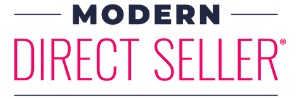

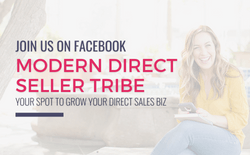
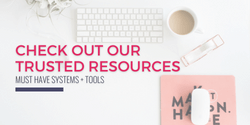
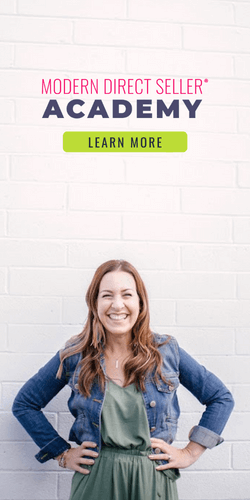

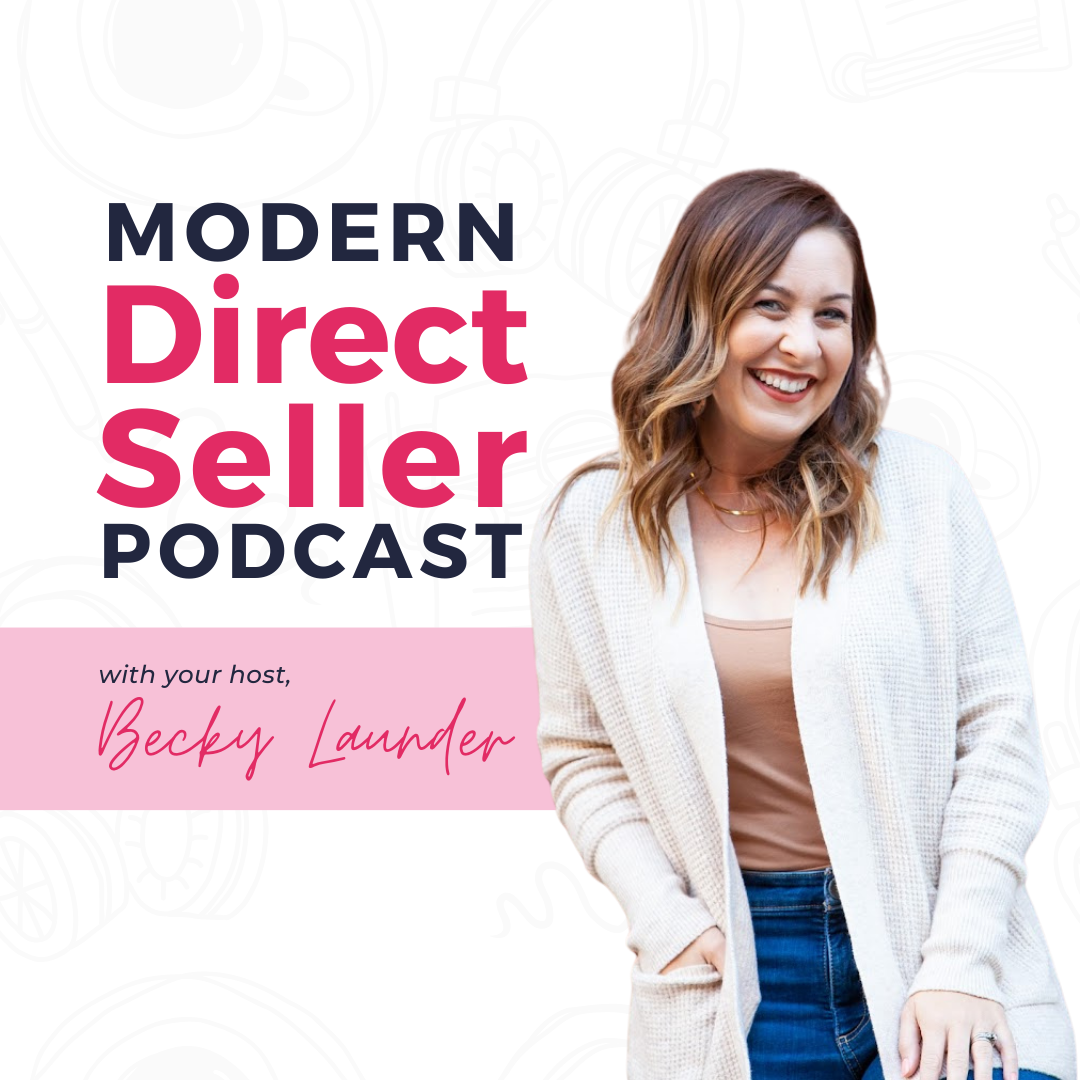
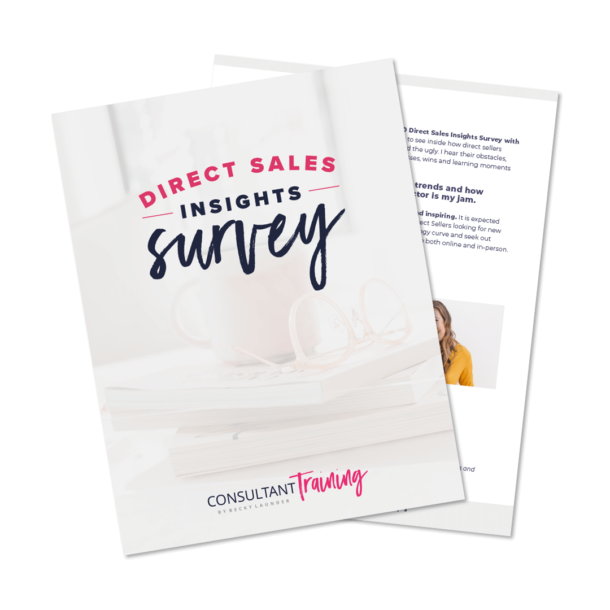
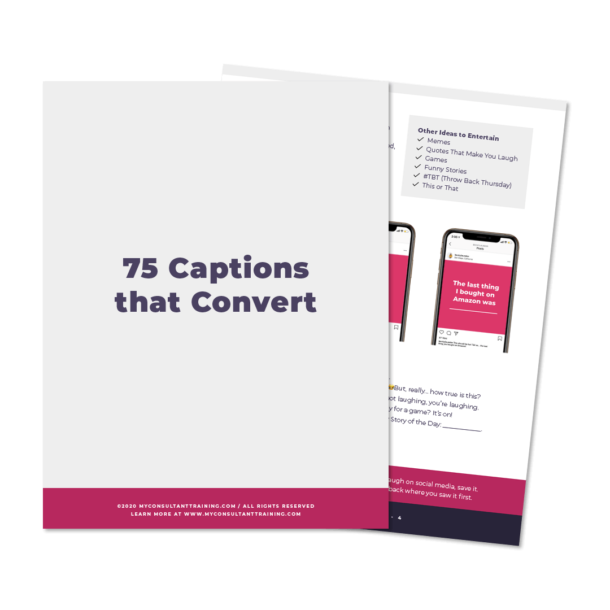
0 Comments